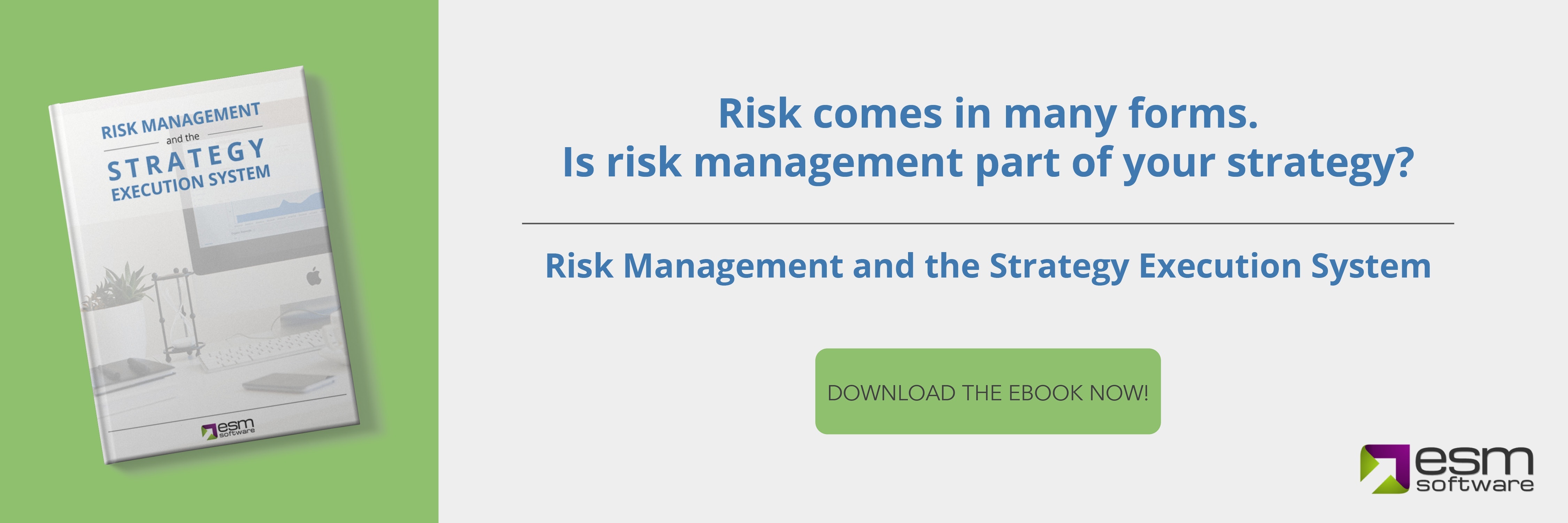
Strategic initiatives in the healthcare sector can be uniquely difficult to manage. The industry must grapple with many challenging realities that make it tough to sustain or execute a strategy with efficiency.
Here are a few of the challenges that your healthcare company needs to be aware of:
- Higher than usual turnover compared to all other industries (surpassed only by hospitality)
- Continually low employee engagement ratings, in spite of high industry compensation and benefits
- High decomposition of top-level strategy through many layers of management and assisting staff, down to the front-line stakeholders.
- Demand for care that outsizes available personnel, leading to overtired, overworked staff
In the face of these obstacles, it’s even more important to improve your system of initiative management. Your strategy has to be firing on all cylinders to see ROI in an industry already operating at capacity. Healthcare organizations too often find themselves with 3 very familiar strategic problems that are solvable when managed effectively:
- Initiatives aren’t bridging the gap between strategic vision and daily operations.
- Initiatives are having an unrelated or even counterproductive effect compared to the intention.
- Changes inside or outside the organization make initiatives obsolete before they even gain steam.
Healthcare enterprises are simultaneously experiencing a shift towards “value-based care” initiatives that embrace risk and involve creative new partnerships. Strategic priorities that consistently rank highly among future efforts in the healthcare sector include cultivating affiliations, installing risk-based payment, and outsourcing care to outpatient services and telehealth. This push towards innovative care and flexibility is an ideal mindset for making improvements in initiative management.
Strategic execution is about strong communication, being responsive and reactive to changing circumstances, and expressing a willingness to frequently assess initiative impacts versus projections (so that you can adjust strategy). There are certainly ways to encourage this—more resources, more qualified supervision, more support infrastructure—but someone has to provide these things. You need a team devoted to initiative management.
Develop a Project Management Office
A project management office (PMO) coordinates projects, provides valuable tools, and trains your initiatives’ implementers in techniques necessary to succeed. Specific personnel devoted to initiative management can outperform the doctors and managers who typically multitask in this role.
Developing this sort of office is not a quick fix—it will take time to review your current strategy management processes and build an understanding of your organization’s “Project Life Cycle” (planning, implementing, executing, sustaining, assessing).
In many ways, this should resemble the strategic planning process, except that it is focused around planning the way you’ll do healthcare strategic management, rather than the strategies themselves. There are multiple styles of PMO, and the style that makes sense for you will depend upon the changes you hope to realize in your initiative management.
Select a Comprehensive Strategy Management Platform
Strategy management systems such as The Balanced Scorecard unify your language and contribute to a clearer decomposition of responsibilities through healthcare strategy maps and transparent, all-in-one access to the strategic infrastructure.
Your PMO should be the curators of your strategy management system and invest time integrating it into all aspects of strategic planning, initiative implementation, and assessment. Equip them with an all-in-one strategy management software that solves many of the common problems of initiative management.
A robust digital platform can map clear roles while fostering both transparency and accountability. Turnover and overtaxed staff are less hindering when strategy lives in a streamlined, visual, intuitive digital environment that is continuously involved in day-to-day operations.








